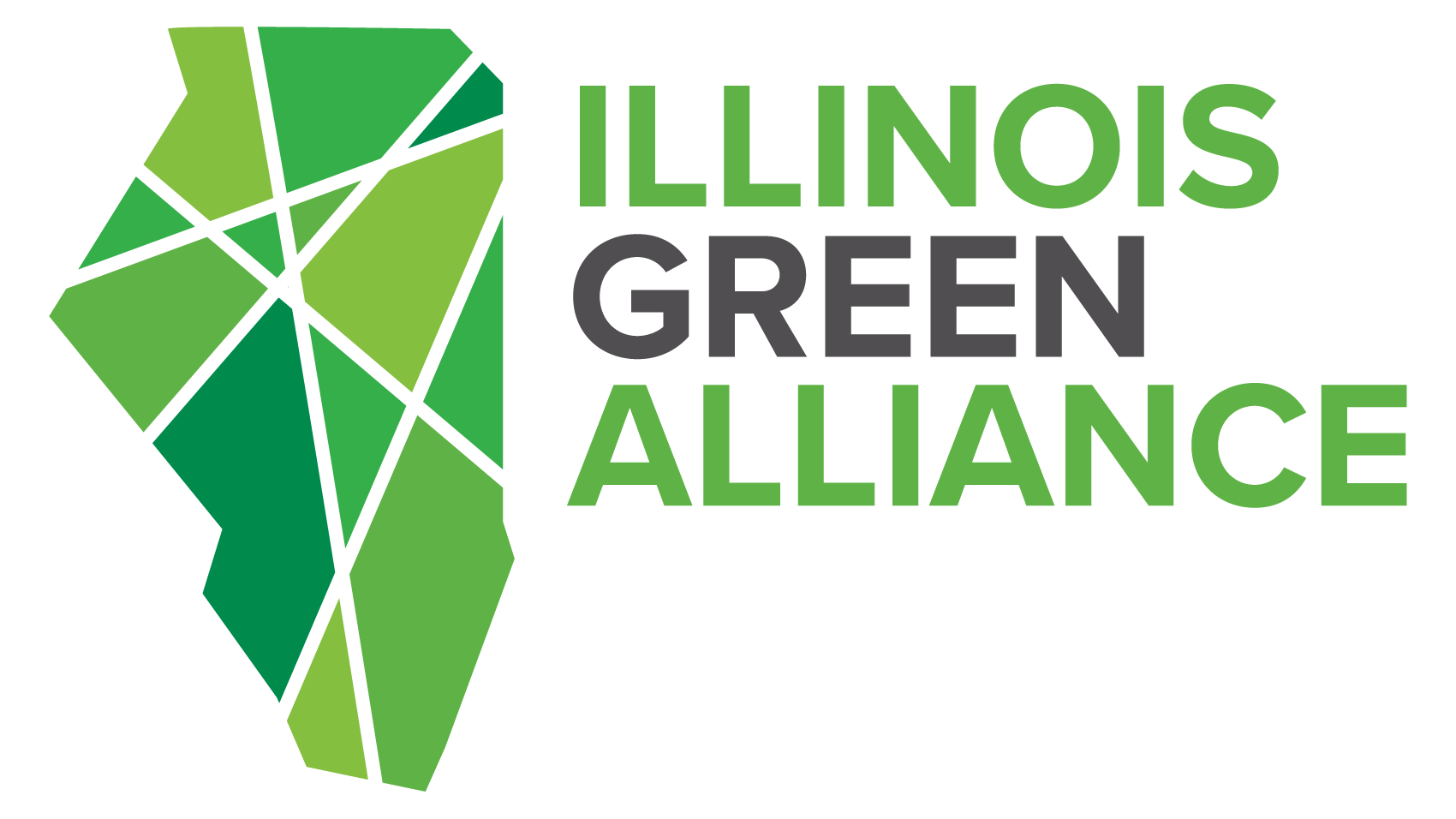
Policy Brief: Stretch Codes
To comply with one of the mandates in the historic 2021 Climate and Equitable Jobs Act (CEJA), Illinois has undergone the process of working with energy efficiency experts and stakeholders to develop residential and commercial stretch energy codes. As of early 2024, the drafted stretch codes are ready for state approval.
Stretch codes set much more aggressive energy efficiency targets than the base code and require readiness for future installation of electric technologies—while offering multiple avenues to meet the new requirements. Stretch codes provide numerous benefits, including allowing municipalities to increase energy efficiency and reduce carbon emissions in their jurisdictions without undergoing a long, difficult process of developing their own code and maintaining consistent standards across the state.
CEJA requires that the stretch codes be ready for municipalities across the state to adopt by July 2024.
Stretch Code Goals
Stretch codes were developed to achieve significant reductions in Energy Use Intensity (EUI) using the 2006 IECC code as a baseline and will be regularly updated to meet increasingly rigorous performance targets. The 2024 Stretch Codes used IECC's 2024 Residential and 2021 Commercial Codes as the reference for the new codes.
Residential Targets
- 50% more efficient by 2024
- 60% more efficient by 2026
- 67% more efficient by 2029
- 75% more efficient by 2032
Commercial Targets
- 40% more efficient by 2024
- 50% more efficient by 2026
- 56% more efficient by 2029
- 61% more efficient by 2032
Complying with the Stretch Code
The drafted structure of the stretch codes offers multiple routes of compliance. Owners, developers, and project teams have the ability to decide which pathway works best for them and their project. These pathways include installing high efficiency systems and extremely airtight design, meeting a certain number of energy efficiency credits, or achieving Phius certification.
Projected Impact
Research from the Pacific Northwest National Laboratory shows that Illinois’ residential stretch code proposal will lead to significant consumer savings and greenhouse gas reductions.
These impacts include:
- Almost $250 in annual utility savings for the average homeowner.
- Projected return on investment in 10-11 years.
- Average life cycle cost savings of $8,829 for newly constructed homes.
- Statewide CO2 emissions reductions of 14,150,000 metric tons over a 30-year period.
- $3 Billion in statewide energy savings over 30 years.
Similar research is being conducted on the impact of the commercial code and is likely to be available in Spring 2024.
Supporting Stretch Codes Across the State
Illinois Green Alliance sees the significant financial and sustainability benefits of adopting the stretch codes. However, for the benefits of this policy to be realized, the stretch codes must overcome the final hurdles of the approval process—sign-off by the Illinois Capital Development Board and State Legislative Joint Committee on Administrative Rules. We have—and will continue—to ask these government bodies to approve strong and effective stretch codes without delay.
Once the codes are approved, Illinois Green is committed to advocating for municipalities to adopt the stretch codes and supporting those that do. We envision the Building Energy Resource Hub as a valuable resource for stretch codes adoption and implementation. We are in the process of working with other organizations to develop tools for accessing education, training, financial assistance, and other avenues of support to make stretch codes adoption and implementation smooth across the state.
If you are interested in advocating for stretch codes adoption, contact Ryan Wilmington at rwilmington@illinoisgreenalliance.org.
